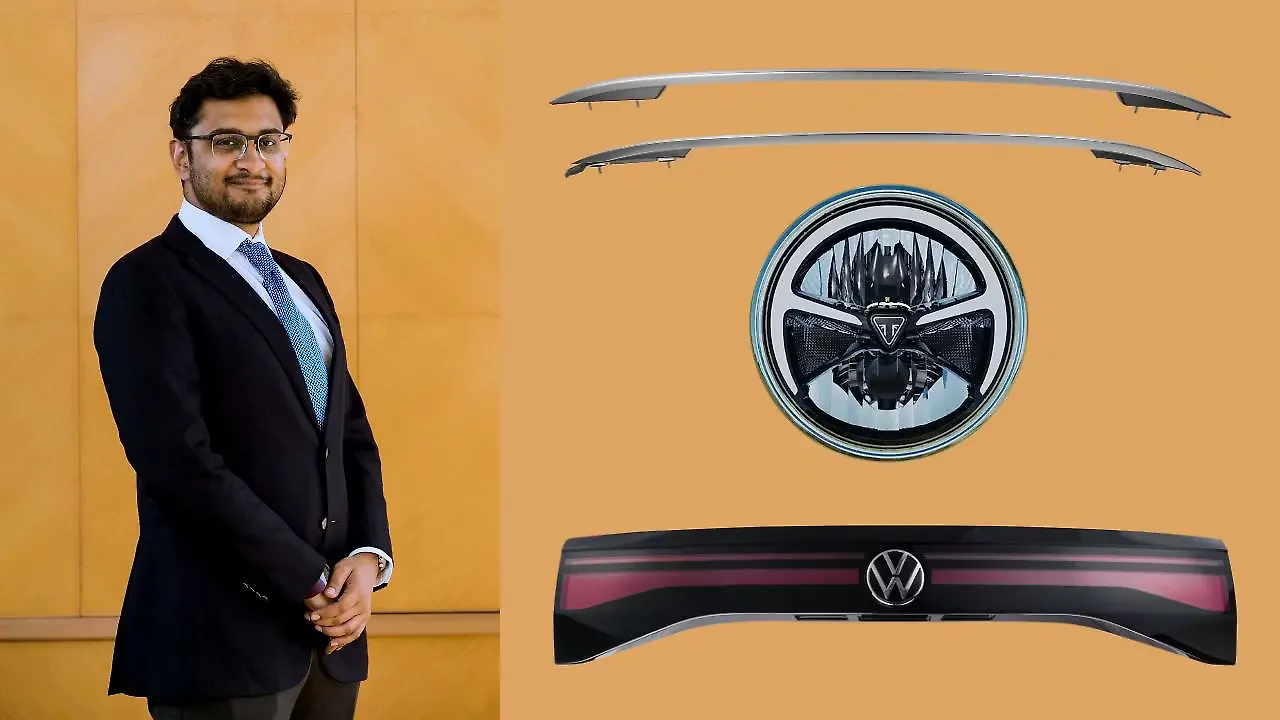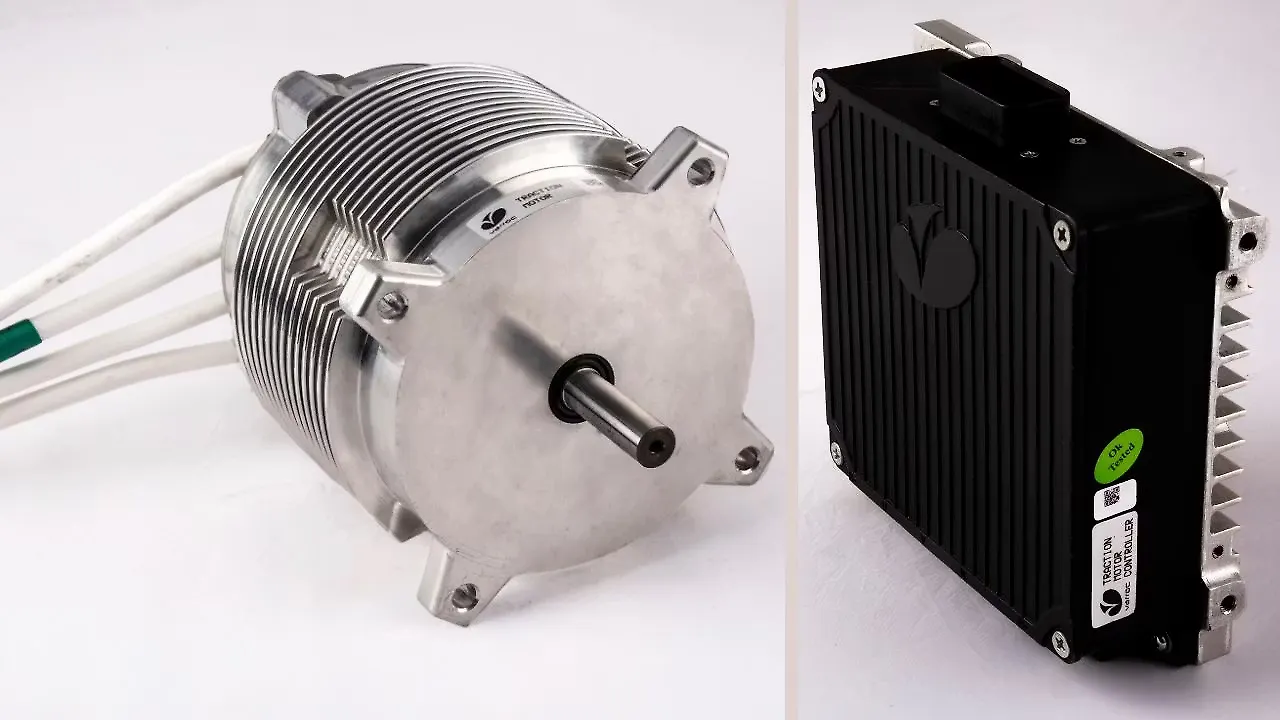
The automotive industry is amidst a profound transformation, navigating an intricate landscape of challenges and opportunities in the realm of new mobility. Varroc, a global Tier-1 automotive component company, is approaching this evolution with a unique perspective.
In an exclusive conversation with Mobility Outlook, Arjun Jain, Director and CEO of Varroc – Business I, and Whole-Time Director and Business Head of the India Division, said, the automotive industry in India is experiencing unprecedented levels of volatility, uncertainty, complexity, and ambiguity (VUCA).
Borrowing the expression about VUCA from his father, (Tarang Jain, Chairman and Managing Director of the company), he stated that while this may seem daunting, it’s not inherently negative. In a VUCA world, opportunities abound for those who can swiftly adapt to market demands and maintain self-reliance. Throughout its history, the company has consistently championed technological self-sufficiency, driving product innovation and evolution. “This approach positions us to contribute meaningfully across all types of drivetrains in the market today,' he said.
Jain further reiterated Varroc's significant role in the ongoing transition of drivetrains, as well as the increasing trend of vehicle premiumisation across segments, from passenger cars to two-wheelers and three-wheelers. He noted that while the VUCA environment keeps the industry on its toes, it also presents numerous opportunities. 'Yes, the challenges are real, especially when managing multiple initiatives simultaneously, but they are challenges worth embracing,' he noted.

Staying True To Its Roots
Engineering innovation, agility, and speed are set to become the key differentiators for companies in the automotive industry, as the need to accomplish more in shorter lead times intensifies. Commenting on this evolving trend, Jain stated, 'I don't believe we can create a rigid plan or strategy for this—it’s more about staying true to our roots. Engineering innovation has always been part of our DNA in India. Throughout our history, we’ve consistently been first to market with a range of pioneering products. We were the first to introduce LED tail lamps, digital cluster, a full LED headlamp in India. Additionally, we were the first to localise the entire EV powertrain to the maximum extent possible.'
Jain highlighted that this ingrained focus on speed and engineering excellence is not merely a strategy, but a fundamental aspect of the company’s identity. It's not about making drastic changes to its approach; rather, it’s about continuing to operate at the pace and scale it has established, expanding its processes to accommodate larger demands. “Growth has been a constant for us over the past few years, and we fully expect this trajectory to continue in the coming years,' he noted.
As a supplier, it is crucial to be fully prepared for any direction the market may take—whether the future leans towards EVs, CNG, or continues with internal combustion engines (ICE). “Our readiness across all these avenues is not just a strategy but a necessity. We have positioned ourselves to generate revenue from each of these diverse drivetrain systems, ensuring that we remain adaptable and resilient regardless of market shifts,” he noted.
According to Jain, the key challenge lies in managing this increasing scale while preserving “our core DNA and identity. This is an area where we focus our efforts intensively, ensuring that our growth does not come at the expense of the values and principles that have defined us,” he said
Cost Optimisation
Managing costs is a significant challenge, and beyond optimising productivity, it requires a stringent approach to pricing discipline. It is essential to have a deep understanding of cost structures and to operate with that awareness as a guiding principle. However, this is just one aspect of cost management. Internally, “we are a Total Productive Maintenance (TPM) company, and we take great pride in our ability to minimise and eliminate waste. This commitment extends across every cost category, where there is always a path for improvement and work to be done. Continuously refining these processes is critical to maintaining our competitive edge and operational efficiency,” he added.
Leveraging Synergies
Varroc operates across a diverse spectrum of sectors, including electrical, electronics, lighting, polymer, metallic, and advanced safety solutions. When asked about leveraging synergies among these various business units to venture into new segments, Jain stressed on the strength and breadth of the company's existing product portfolio. He stated, 'We currently possess a robust range of products and do not anticipate expanding into additional segments at this time. Our focus is on maintaining and enhancing our expertise in areas where we have established significant scale and extensive experience, especially given the dynamic and rapidly evolving nature of the market.'
Jain highlighted that core competencies such as electronics—encompassing both hardware and software—and polymer engineering and manufacturing remain central to Varroc's strategic operations. 'Our priority is to effectively leverage these competencies across the entire organisation, irrespective of traditional departmental boundaries,' he explained.

To facilitate this integrated approach, the company undertook a substantial organisational restructuring in April, transitioning from a segmented business unit model to a unified, functionally and competency-driven structure. 'This reorganisation allows us to harness our collective strengths more efficiently and promotes seamless collaboration across all areas of the company,' Jain noted.
Harmonised Approach
By bringing all business operations under a single, cohesive umbrella, Varroc is better positioned to capitalise on internal synergies and respond adeptly to industry demands. This strategic alignment not only streamlines processes but also reinforces the company's commitment to innovation and excellence within its established domains. 'Continuously leveraging and refining our existing competencies ensures that we remain agile and responsive, sustaining our growth and competitiveness in the automotive sector,' he mentioned.
Then how will the company enhance its content per vehicle? Jain said currently, its addressable content per vehicle is already substantial. “To be candid, we are not actively seeking to increase this further. Instead, our focus is on ensuring that the products and solutions we provide are truly best-in-class,” he said.
Take electric vehicles, for example. The EV industry is still in its infancy compared to internal combustion engines (ICE), which have evolved over a century. “Our goal is to stay at the forefront of EV evolution, continuously refining and enhancing our existing offerings rather than expanding into new product lines where we lack experience. For instance, in the EV powertrain space, we're leveraging our expertise as a market leader in electrical products for IC engines. We’re not venturing into completely new areas; rather, we’re building on the competencies we've honed over time. This disciplined approach—staying true to our core strengths—is what drives our strategy. If new applications emerge in the future that align with our established expertise, we will, of course, address them. But our primary focus remains on perfecting what we already do well,” he concluded.
Also Read:
Varroc Appoints Dr Karl-Heinz Glander As R&D Head For Business II